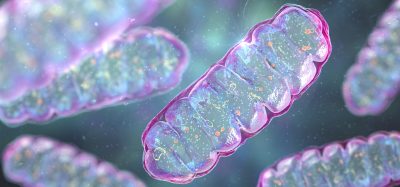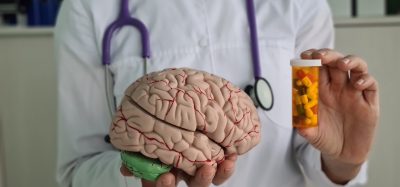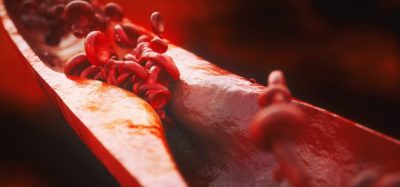Novel tumour spheroids could improve ovarian cancer treatments
Posted: 5 October 2020 | Hannah Balfour (Drug Target Review) | No comments yet
Researchers have developed a new self-assembling three-dimensional (3D) ovarian cancer tumour model to recreate the in vitro disease more accurately.
![Ovarian cancer cells forming a cancer spheroid as they grow within the peptide-protein co-assembling material [Credit: Alvaro Mata].](https://www.drugtargetreview.com/wp-content/uploads/ovarian-cancer-spheroid-3D-model-750x500.jpg)
![Ovarian cancer cells forming a cancer spheroid as they grow within the peptide-protein co-assembling material [Credit: Alvaro Mata].](https://www.drugtargetreview.com/wp-content/uploads/ovarian-cancer-spheroid-3D-model-750x500.jpg)
Ovarian cancer cells forming a cancer spheroid as they grow within the peptide-protein co-assembling material [Credit: Alvaro Mata].
To overcome the limitations of using two-dimensional (2D) lab grown cell cultures and animal models to pre-clinically evaluate novel oncology drugs, researchers created a self-assembling three-dimensional (3D) ovarian cancer tumour model in the hopes of improving treatment of the disease.
The researchers said that there is a need for improved 3D cancer models because roughly 90 percent of cancer drugs that are successful in pre-clinical trials currently fail in the early phases of human clinical trials. According to the team, this is because most pre-clinical evaluations are performed in either 2D tissue cultures, which fail to accurately recapitulate all the features of in vivo tumours, or animal models, where interspecies differences result in treatments that were successful in animals being ineffective in humans.
In order to overcome these issues for ovarian cancer, an international team, led by the University of Nottingham and Queen Mary University London, both UK, created a multicellular 3D microenvironment that recapitulates the way tumour cells grow in ovarian cancer and respond to chemotherapy drugs.
The model is based on a novel hydrogel material, built by co-assembling peptides with proteins found in ovarian cancer. This mechanism of formation, the researchers said, enables the peptides to assemble these proteins into molecular environments, emulating how they are presented in the patient tumour. According to the team, these multicellular constructs supported the formation of tumour spheroids – 3D models that recreate the structural organisation, cellular layers, hypoxia and nutrient gradients of ovarian cancer.
Leader of the study, Professor Alvaro Mata, from the University of Nottingham’s School of Pharmacy, said: “Bioengineered self-assembling matrices expand our experimental repertoire to study tumour growth and progression in a biologically relevant, yet controlled, manner. In this study we used peptide amphiphiles to co-assemble with extracellular matrix proteins into tuneable 3D models of the tumour microenvironment. The peptide/protein composite matrix was designed to attempt to resemble physical, biomolecular, and cellular features of tumours present in patients.
“We tested the response of the lab grown tumours using chemotherapeutics to validate the functionality of the multicellular constructs and saw the tumour shrink. This suggests that the new peptide/protein/cellular biomaterial could lead to more effective testing of new drugs and treatments for ovarian cancer.”
Self-assembly is the process by which multiple components can organise into larger well-defined structures. Biological systems rely on this process to controllably assemble complex and functional tissues out of the various cells and molecules in the body.
Associate Professor Daniela Loessner, from Monash University in Australia and co-author of the study says: “Currently, the gold standard for 3D cancer models is the commercially available MatrigelTm, a solubilised basement membrane extracted from mouse sarcoma. A major reason for Matrigel’s popularity is its capacity to enable cell-matrix interactions, which promote the growth of cancer and stromal cells into aggregates known as spheroids. However, it lacks control in mimicking the tumour microenvironment due to its batch variability, undefined composition, and animal origin. These features are important limitations to effectively screen and develop new treatments for cancer. Our research has demonstrated the capacity to engineer a 3D matrix that can serve as a complex, yet controllable, alternative to Matrigel.”
The research was published in Science Advances.
Related topics
Cell Cultures, Cell-based assays, Disease Research, Drug Development, Drug Targets, In Vitro, Oncology, Protein, Proteomics
Related conditions
Ovarian cancer
Related organisations
Monash University, Nottingham University, Queen Mary University London
Related people
Daniela Loessner, Professor Alvaro Mata








